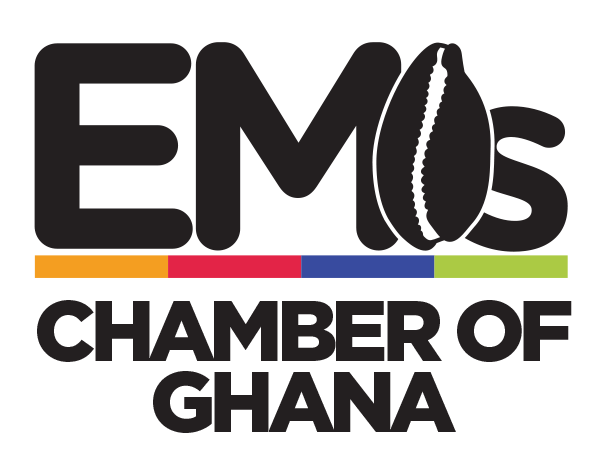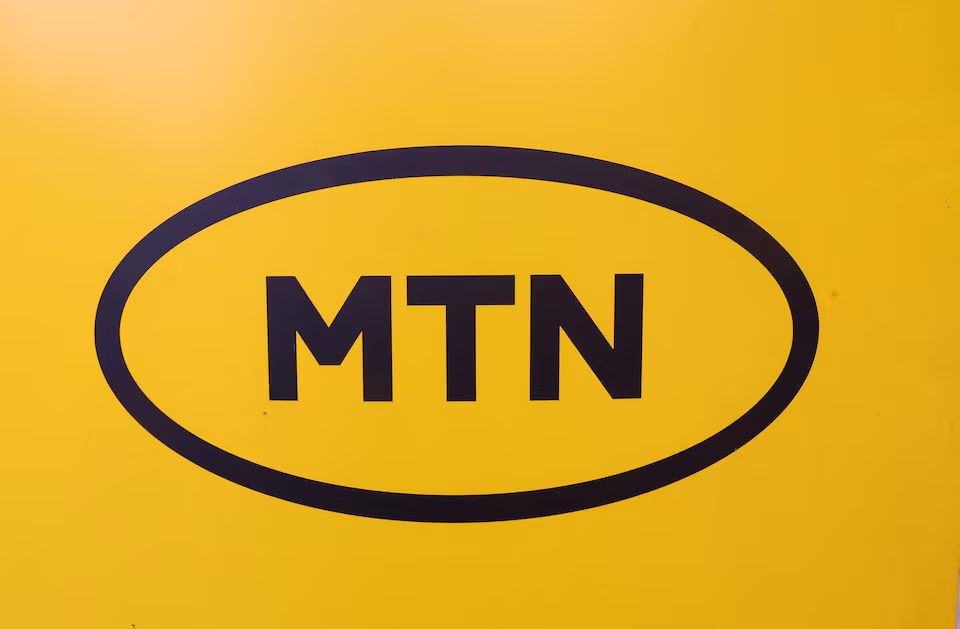
Telecommunication infrastructure should be classified as critical national infrastructure of security concern and legal punitive measures instituted against recalcitrant people whose actions and inaction caused interruptions in its flow to serve as deterrent to others.
The Ghana Chamber of Telecommunications (GCT) which made the suggestion expressed disappointment that huge sums of monies that could go into expansion works on telecom infrastructure was being used to fix damages and vandalisation of fibre optics across the country.
Mr. Kenneth Ashigbey, Chief Executive of the Chamber who made the call, identified government utility service providers as the leading culprits in major fibre optic cuts, accounting for about 55 percent of all cuts as a result of lack of coordination and cooperation within the agencies.
He was speaking at the Chamber’s Central Regional Right of Way (ROW) sensitisation workshop on “collaborating to safeguard communication infrastructure” organised jointly by National Engineering Coordinating Team (NECT) and the National Communication Authority (NCA) in Cape Coast on Thursday.
The engagement brought together stakeholders including road contractors, utility service providers, local government actors, regulators and others who work within the reservations or play critical roles in its management.
Mr. Ashigbey named the agencies as the Ghana Highway Authority (GHA), Power Distribution Service (PDS) and Ghana Water Company Limited (GWCL) and others like the Metropolitan, Municipal and District Assemblies (MMDA), while private developers, mining and thefts accounted for over 25 per cent, resulting in huge financial loss and inconveniences in customer service to clients.
He revealed that the mobile Industry experienced over 2,000 incidents of fibre cuts, and 600 incidents of theft at base stations affecting over 18 million subscribers within the first half of the year 2019.
This cost the industry over GH¢30million in direct repairs with over 150,000 litres of diesel and 240 batteries stolen from their cell sites and an average monthly cuts of $748,518.00.
Assessing the national impact of fibre cuts, he indicated that it remained a great loss of revenue to government and service operators, disruption of banking services and created negative consumer perception of teleco services.
He added that over 20 percent of fibre cuts had negatively impacted traffic due to either network capacity reduction or congestion increases, making it difficult for customers to make or receive calls and further called for sustained stakeholder education and improved coordination between road and utility agencies for them to appreciate the impact of damages of communication infrastructure on the nation.
The Chamber would therefore develop an action plan towards effective collaboration and better coordination within the Right of Ways, while preserving each other’s infrastructure and also engage security agencies within the regions to arrest and prosecute criminals who tampered with telecommunications infrastructure.
Mr Kwamena Duncan, the Central Regional Minister in his welcoming address, reiterated the need for the agencies as well as engineers to unite their front and effectively collaborate with the relevant agencies to reduce the practice.
Source: GNA




